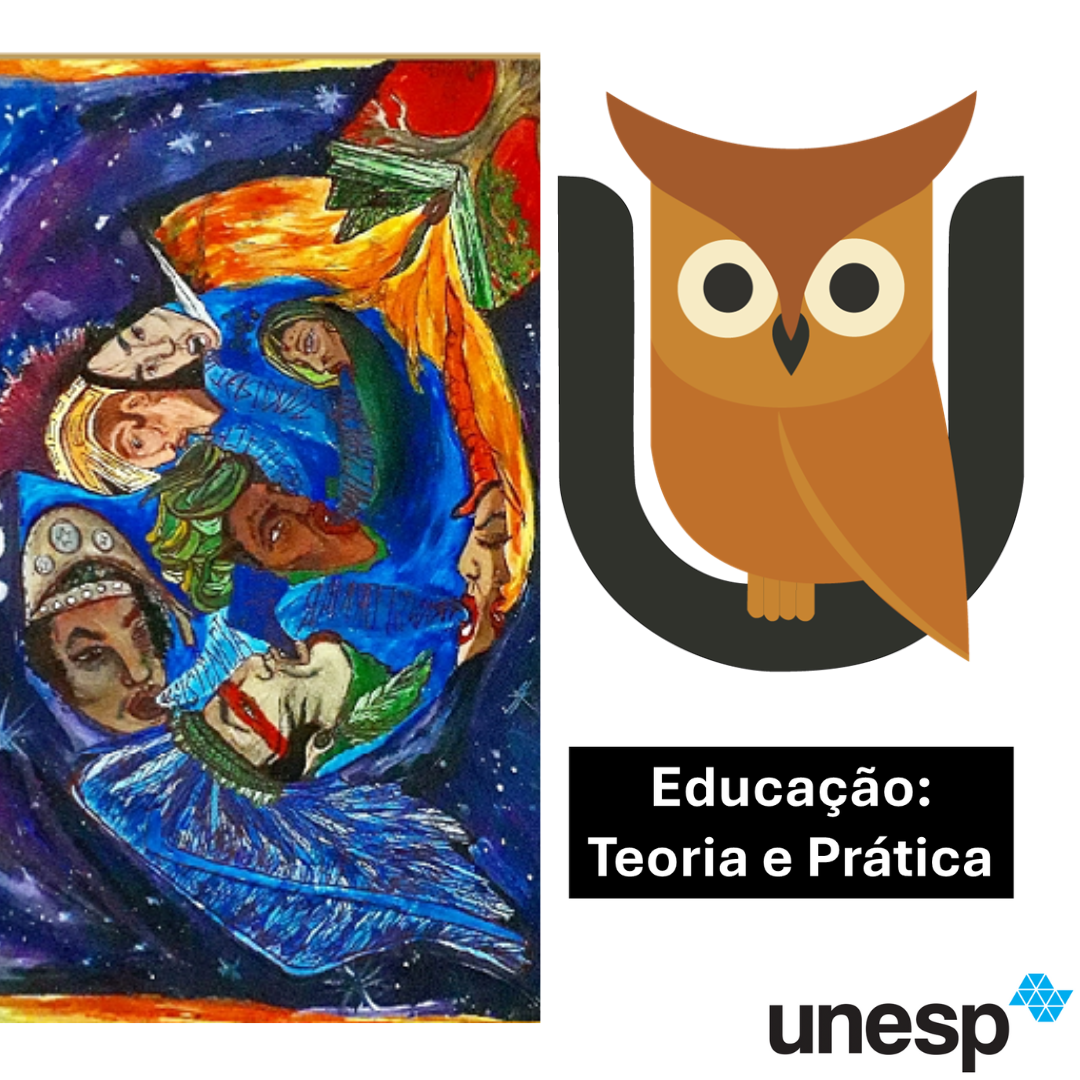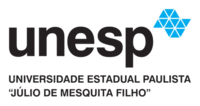POLYPHONY AS AN ARGUMENTATIVE STRATEGY IN THE ESSAYS OF ENEM
DOI:
https://doi.org/10.18675/1981-8106.v30.n.63.s13626Keywords:
Argumentative Semantics. Polyphony. Argumentative Resource.Abstract
This research studied the polyphonic phenomenon from Ducrot's perspective, based on the studies of Argumentative Semantics. The aim of the research was to analyze the presence of polyphony in Ducrot's perspective, through linguistic marks, used as an argumentative resource. The corpus was composed of the ten essays of Enem, edition 2015, whose the theme was "The persistence of violence against women in Brazilian society", which were published in the G1 news portal because reached the highest score. It was a descriptive qualitative research. After the numbering of the essays, the themes developed by each candidate were identified, followed by the identification of the language marks that indicated possible voices. As results, we verified that the polyphony is presented as an argumentative resource in the essays studied. With regard to enunciators, E1 was the most recurrent during the analyses, in the frequency of enunciators by essays, and in the analysis of the frequency of enunciators and by the constituent part of the text. E1 had its identification made through the characteristic of the voice of shared knowledge.
References
BARBISAN, L. B.;TEIXEIRA M. Polifonia: Origem e evolução do conceito em Oswald Ducrot. Organon, v. 16, n. 32-33, p. 161-180. 2002. DOI: https://doi.org/10.22456/2238-8915.29792. Disponível em: https://seer.ufrgs.br/organon/article/view/29792. Acesso em: 28 out. 2016.
BARROS, D. L. P. de. Dialogismo, Polifonia Enunciação. In: BARROS, D. L. P. de; FIORIN, J. L. (Orgs.). Dialogismo, Polifonia e Intertextualidade. São Paulo: Editora da Universidade de São Paulo, 2001, p. 1-9.
BLASQUE, R. M. G.; GUERRA JUNIOR, A. L. A estereotipização da mulher em propagandas de automóveis: uma abordagem diacrônica. Identidade Científica, v. 3, p. 15-32, 2012.
BRANDÃO, H. N.. Introdução à análise do discurso. Campinas: Unicamp, 2012.
BEZERRA, M. A.; DIONIZIO, A. P.; MACHADO,A. R. (Orgs). Gêneros Textuais & ensino. São Paulo: Parabola Editorial, 2010.
CAVASSIN, R. B. Leitura e Argumentação. In: DIAS, A. T. B. B. et al. Leitura e Produção de Texto. Criciúma: Unesc, 2007, p. 28-36.
DUCROT, O. O dizer e o dito. Campinas Pontes, 1987.
FIORIN, J. L.; SAVIOLI, F. P. Lições de texto: leitura e redação. 5. ed. São Paulo: Ática, 2006.
FROSSARD, E. C. M. Vozes que Revelam: Como Entender a Manipulação em um Gênero Midiático Através da Polifonia. PERCursos Linguísticos. v. 2, n. 6, p. 18-28, 2008.
GIL, A. C. Como elaborar projetos de pesquisa. 6. ed. Rio de Janeiro Atlas, 2007.
GRANATIC, B. Técnicas básicas de redação. São Paulo: Ed. Scipione, 2005.
MAINGUENEAU, D. Análise de Textos de Comunicação. (tradução de Maria Cecília P.de Souza e Silva, Décio Rocha). 6. ed. São Paulo: Cortez, 2013.
MEC – INEP. Exame Nacional do Ensino Médio. Brasília: Inep, 2015. Disponível em: http://download.inep.gov.br/educacao_basica/enem/provas/2015/CAD_ENEM%202015_DIA%202_05_AMARELO.pdf. Acesso em: 28 out. 2016.
MICHEL, M. H. Metodologia e Pesquisa Científica em Ciências Sociais: Um guia prático para o acompanhamento da disciplina e elaboração de trabalhos monográficos. 3. ed. São Paulo: Atlas, 2015.
OLIVEIRA, E. G. de. Argumentação: da Idade Média ao Século XX. Signum: Estudos da Linguagem, v. 7, n. 2, p. 109-131, 2004. DOI: http://dx.doi.org/10.5433/2237-4876.2004v7n2p109. Disponível em: http://www.uel.br/revistas/uel/index.php/signum/article/view/3916. Acesso em: 28 out. 2016.
SANTOS, C. C. S. dos. Intertextualidade: Diálogos Possíveis. Revista FCT, v. 13. n 14, p. 223-224, 2011. DOI: https://doi.org/10.14572/nuances.v13i14.380. Disponível em: http://revista.fct.unesp.br/index.php/Nuances/article/view/380. Acesso em: 28 out. 2016.
Published
How to Cite
Issue
Section
License
Authors who publish in this journal agree to the following terms:
a) Authors assign copyright to the journal, with the work simultaneously licensed under the Creative Commons Attribution License that allows sharing of the work with acknowledgment of authorship and publication in this journal.
b) The policy adopted by the Editorial Committee is to assign copyright only after a period of 30 months from the date of publication of the article. After this time, authors interested in publishing the same text in another work must send a letter to the Editorial Committee requesting the release of the assignment of copyright and wait for a response.
c) This journal provides public access to all its content, since this allows greater visibility and reach of published articles and reviews. For more information on this approach, visit the Public Knowledge Project, a project that developed this system to improve the academic and public quality of research, by distributing OJS as well as other software to support the public access publication system to academic sources. The names and email addresses on this website will be used exclusively for the purposes of the journal and will not be available for other purposes. This journal provides open any other party  This work is licensed under a Creative Commons License
This work is licensed under a Creative Commons License










